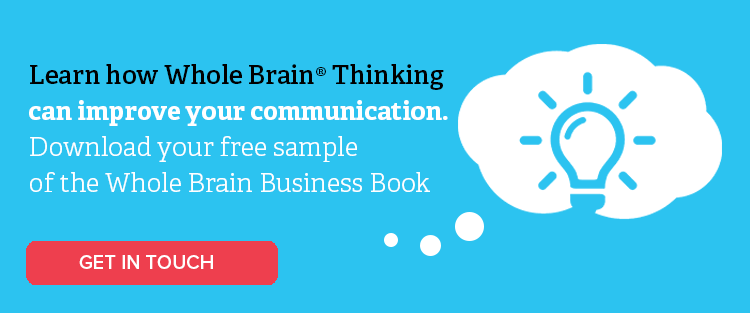Now more than ever, communication is essential to business and cross-functional team success. Much of your team is working from home, cloud conferencing and communicating in ways that we never have before. If cross-functional teams are the future of work, it is imperative that we all learn how to better understand each other to drive business success. This article was originally published in 2016. It has been updated in 2020 and republished to ensure our readers don’t miss out on valuable information.
This article was originally published in 2016. It has been updated in 2020 and republished to ensure our readers don’t miss out on valuable information.
Why is Cross-Functional Communication so Important?
75% of cross-functional teams are dysfunctional. That’s the findings from a Harvard Business Review study by Behnam Tabrizi. He looked at 95 teams from 25 organisations and found that nearly 75% of them were dysfunctional. And one of the biggest problems many of them face is one of the perennial problems of business: communication.Communication is a real challenge when dealing with cross-functional interactions because that often means mixing people who have divergent perspectives, interests, priorities, and jargon.From our research, we also know that there are specific thinking preferences that tend to show up in different occupations and functions, and these can become almost like dialects of the brain.In other words, someone from finance may struggle to “get through” to someone in marketing because, in many ways, they’re not even speaking the same language.Communication That Makes Sense to Everyone
If you want more function from your cross-functional teams, you need to bridge that communication divide. In addition to showing the HBDI® profiles of a variety of different occupations and revealing how different quadrants of the brain communicate, The Whole Brain® Business Book provides a number of exercises, models and tips anyone can use to be a more effective communicator, no matter who they’re interacting with.Here are 10 quotes from the book that you can share to help inspire your teams to apply Whole Brain® Thinking and open up the lines of communication:
- “We experience the world around us as enhanced or filtered through our profile of mental preferences.”
- “The old saw that the Americans and the British are two peoples divided by a common language applies to those of us with dissimilar thinking styles as well. We assume we get what the other person means because we use the same words, but that’s not necessarily the case.”
- “People respond more positively when ideas, solutions or products are presented in a way that aligns with their thinking preferences.”
- “Improving communications does more than just relieve personal frustration; it means that things can move more quickly with fewer mistakes and missed opportunities.”
- “When the difference in thinking preferences and work requirements are both severely out of alignment, effective communication is least likely to occur. And when it does succeed, it is the result of intense focus and motivation on the part of the people involved. They really want to make it work.”
- “Once we understand how different preferences are influencing our own and others’ communications, we can adapt to the different dialects of the brain. It takes awareness and conscious effort, but the payoff is worth it.”
- “When Whole Brain team members learn how to express themselves in ways that are true to their thinking style but sensitive to other members’ styles, the chances are good that the team will be highly effective.”
- “No matter who you are trying to influence, when you’re better able to ‘meet them where they think,’ you’ll be more efficient, and you’ll have a better chance of getting the response you’re looking for.”
- “Increased awareness of the differences in how each quadrant of the brain communicates aids the communication process by enabling people to listen more purposefully to what they hear and say what they mean more precisely.”
- “When in doubt, use a Whole Brain® approach to ensure that all audience members have their needs met.”
How HBDI® Assessments and Whole Brain® Thinking can promote Cross-Functional Communication
Those of you who use the HBDI® Assessment and Whole Brain® Thinking Model already know how to effectively leverage the tool to increase effective and inclusive communication. By looking at the similarities and differences of each individual’s profile, cross-functional team members can learn to understand how to speak a universal language that will boost productivity and employee morale. Ready to learn more about how Whole Brain® Thinking can help your team communicate more effectively? Read the first two chapters of the Whole Brain Business Book here. This article was originally published in 2016. It has been updated in 2020 and republished to ensure our readers don’t miss out on valuable information.
This article was originally published in 2016. It has been updated in 2020 and republished to ensure our readers don’t miss out on valuable information. 
